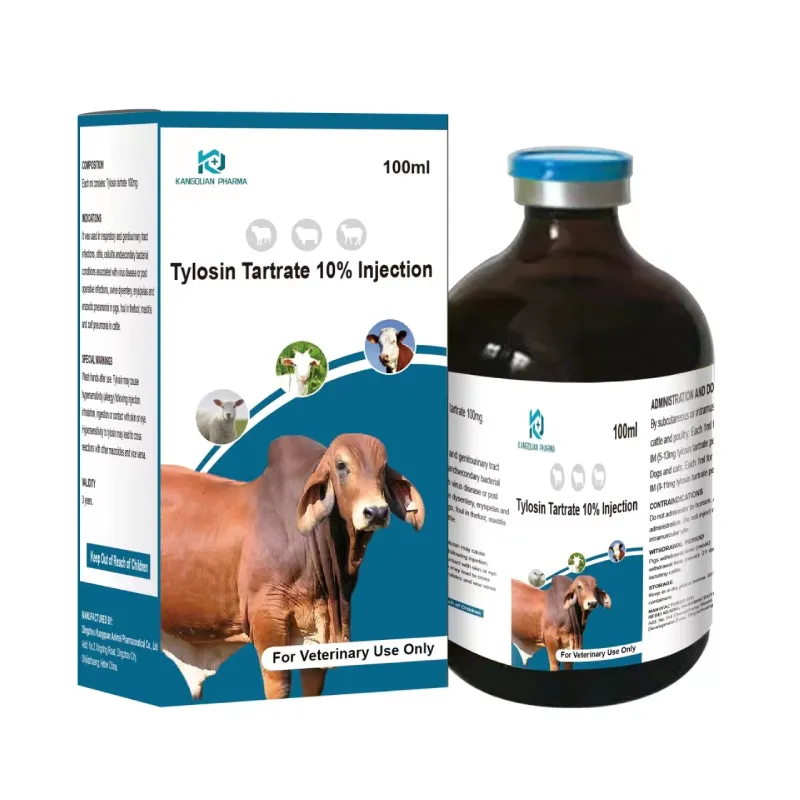- Afrikaans
- Albanian
- Amharic
- Arabic
- Armenian
- Azerbaijani
- Basque
- Belarusian
- Bengali
- Bosnian
- Bulgarian
- Catalan
- Cebuano
- Corsican
- Croatian
- Czech
- Danish
- Dutch
- English
- Esperanto
- Estonian
- Finnish
- French
- Frisian
- Galician
- Georgian
- German
- Greek
- Gujarati
- Haitian Creole
- hausa
- hawaiian
- Hebrew
- Hindi
- Miao
- Hungarian
- Icelandic
- igbo
- Indonesian
- irish
- Italian
- Japanese
- Javanese
- Kannada
- kazakh
- Khmer
- Rwandese
- Korean
- Kurdish
- Kyrgyz
- Lao
- Latin
- Latvian
- Lithuanian
- Luxembourgish
- Macedonian
- Malgashi
- Malay
- Malayalam
- Maltese
- Maori
- Marathi
- Mongolian
- Myanmar
- Nepali
- Norwegian
- Norwegian
- Occitan
- Pashto
- Persian
- Polish
- Portuguese
- Punjabi
- Romanian
- Russian
- Samoan
- Scottish Gaelic
- Serbian
- Sesotho
- Shona
- Sindhi
- Sinhala
- Slovak
- Slovenian
- Somali
- Spanish
- Sundanese
- Swahili
- Swedish
- Tagalog
- Tajik
- Tamil
- Tatar
- Telugu
- Thai
- Turkish
- Turkmen
- Ukrainian
- Urdu
- Uighur
- Uzbek
- Vietnamese
- Welsh
- Bantu
- Yiddish
- Yoruba
- Zulu
8 月 . 15, 2024 13:53 Back to list
Exploring the Efficacy and Safety of Paracetamol as an Analgesic and Antipyretic Agent
The Role of Paracetamol as an Analgesic and Antipyretic Benefits and Considerations
Paracetamol, also known as acetaminophen, is one of the most widely used medications worldwide, recognized for its efficacy as both an analgesic (pain reliever) and antipyretic (fever reducer). Its accessibility, effectiveness, and minimal side effects have made it a staple in both over-the-counter and prescription medications.
Mechanism of Action
Paracetamol functions primarily in the central nervous system where it modulates pain perception and temperature regulation. Unlike other nonsteroidal anti-inflammatory drugs (NSAIDs), it does not exhibit significant anti-inflammatory properties. The exact mechanism of action of paracetamol is still not fully understood, but it is thought to involve the activation of descending serotonergic pathways in the brain, which help to inhibit pain signals. This unique action makes paracetamol suitable for various types of pain, from headaches to osteoarthritis.
Benefits of Paracetamol
1. Pain Relief Paracetamol is effective for mild to moderate pain, including headaches, muscle aches, arthritis, backaches, toothaches, and colds. Its non-narcotic nature makes it a preferred choice, particularly for individuals seeking to avoid stronger opioid medications.
2. Fever Reduction As an antipyretic, paracetamol is effective in lowering fever, making it a common choice for treating febrile illnesses in children and adults alike. By acting on the hypothalamus, paracetamol helps restore normal body temperature.
paracetamol analgesic antipyretic

3. Safety Profile Paracetamol is generally well-tolerated and has a lower risk of gastrointestinal side effects compared to NSAIDs. It is often recommended in cases where patients have contraindications for other pain relief medications, such as those with peptic ulcers or certain cardiovascular conditions.
4. Versatility Available in various formulations—tablets, liquids, and suppositories—paracetamol caters to different patient needs and age groups. Its ability to be combined with other medications allows healthcare providers to tailor treatments effectively.
Considerations and Risks
Despite its widespread use, paracetamol is not without risks. Overdose is one of the most significant concerns associated with this medication. High doses can lead to hepatotoxicity, causing serious liver damage, which may be fatal if not treated promptly. Patients should be educated about the safe dosing guidelines and advised to avoid combining paracetamol with alcohol or other products containing acetaminophen.
Another consideration is its use during pregnancy. While paracetamol is often recommended as a safe option for managing pain and fever in pregnant women, it is crucial for individuals to consult healthcare providers to evaluate the risks and benefits in their specific circumstances.
Conclusion
Paracetamol remains an essential medication in the realm of pain management and fever reduction. Its benefits, including effectiveness, safety profile, and versatility, make it suitable for a broad range of patients and conditions. However, it is vital to use paracetamol responsibly, adhering to recommended dosages to minimize the risk of adverse effects. With careful consideration and proper education, paracetamol can continue to be a valuable tool in enhancing the quality of life for those in pain or experiencing fever. As with any medication, ongoing research and patient education will be key in ensuring its safe and effective use in the future.
-
The Power of Radix Isatidis Extract for Your Health and Wellness
NewsOct.29,2024
-
Neomycin Sulfate Soluble Powder: A Versatile Solution for Pet Health
NewsOct.29,2024
-
Lincomycin Hydrochloride Soluble Powder – The Essential Solution
NewsOct.29,2024
-
Garamycin Gentamicin Sulfate for Effective Infection Control
NewsOct.29,2024
-
Doxycycline Hyclate Soluble Powder: Your Antibiotic Needs
NewsOct.29,2024
-
Tilmicosin Premix: The Ultimate Solution for Poultry Health
NewsOct.29,2024













